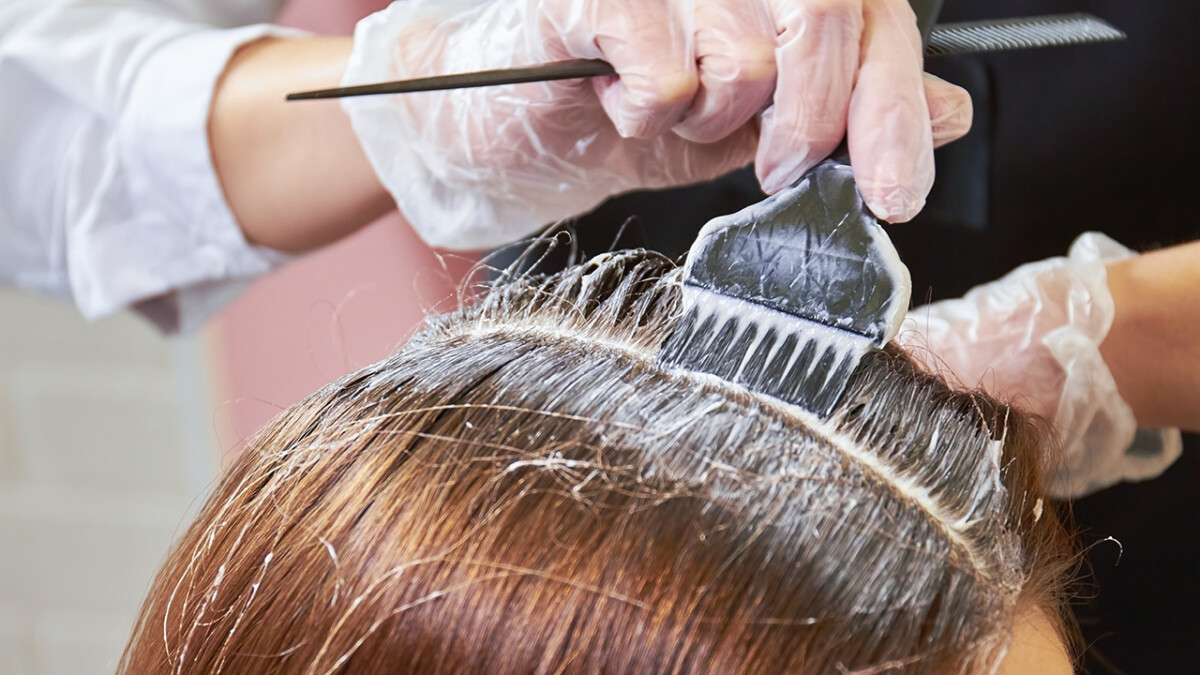Hair coloring is a fun way to refresh your look between salon visits. However, chemically treated hair requires extra TLC. Here are some tips for dyeing and caring for colored locks at home. Hair Dye Safety Always do a patch test 48 hours before your first dye application to check for any allergic reactions. Work in a well-ventilated area and protect counters with towels. Wear disposable gloves to avoid staining hands. Never mix store-bought dyes together or combine with other products like hair masks or oils. Highlighting at Home Ensure highlights look natural by sectioning hair into squares or diagonal parts with clips before application. Start by backcombing or rolling pre-lightened pieces to achieve dimension throughout. After processing, tone with a gloss or demi-permanent color to blend. Moisturizing toners prevent brassy tones. Color Care Tools Invest in a sulfate-free shampoo, like a cleansing cream, to maintain vibrancy between colorings without stripping dye molecules. Conditioning deep masks hydrate and repair weekly. Look for keratin, amino acids and antioxidants. A smoothing leave-in prevents frizz and flyaways that cause roots to appear darker than ends over time. Redyed Touch-Ups Rather than letting roots grow in, retouch color every 4-6 weeks for a seamless look. Use a wax-based pomade to precisely part hair before applying dye solely to new growth for low maintenance. Demi-permanents coat but don’t lift like permanent formulas, minimizing damage. Going Lighter Safely For platinum results, only lighten hair one to two levels at a time to prevent breakage. Use a high-quality lightener and developer with heat instead of doubling up on products. Getting several professional balayage highlights is less damaging than lifting all over. Always deep condition afterwards. Gray Coverage Carefully map and divide gray hairs before applying permanent or semi-permanent dyes. Work in small sections to coat each strand smoothly for an even, meticulous application. New roots may appear darker till next treatment — this fades over time. With smart techniques and the right tools, you can enjoy salon-worthy color results at home with minimal damage. Consistent care keeps hair healthy as your hue evolves. Have fun experimenting! Diet Plays a Role: Optimize hair growth by focusing on key nutrients. Protein plays a structural role in hair keratin production, so eat lean meats, fish, eggs, nuts and legumes. Iron supports blood flow to follicles – fortify diets with spinach, lentils and pumpkin seeds. Biotin, found in egg yolks, nuts and salmon, stimulates cell turnover. A diet rich in these building blocks enables optimal hair follicle function. Hydration Matters: Hair is 70% water, so dehydration negatively impacts health and growth cycles. Drink half your body weight in ounces of water daily and limit caffeinated and alcoholic drinks known to remove moisture from the body. Staying hydrated on the inside delivers nourishment outward to strands. Massage fingertips onto your scalp while shampooing. This stimulates circulation to follicles essential for nutrient delivery and waste removal that prevents shrinking hair cycles over time. Dermatologists recommend massaging for at least 5 minutes a day with a nourishing oil. Heat Styling Hacks: Limit use of hot tools to control moisture loss and limit structural damage to strands. Keep temperatures below 350°F when blow drying and never sleep with curled or straight hair still on hot rollers. Consider letting hair air dry when possible or using heated styling protectant sprays and heat shields. Supplement Strategies: Taking supplements to address underlying deficiencies can turbocharge results when combined with an optimized diet: Biotin supplements are backed to improve hair and nail strength when taken under physician supervision. Its popularity stems from bioavailability to follicles. Collagen peptides or powder added to smoothies deliver amino acids to support elasticity and discourage breakage. Keratin supplements contribute cysteine for disulfide bonds. Iron supports oxygenation of follicles. Zinc maintains scalp health and sebum production, aiding shine. Vitamin D regulates androgen sensitivity and reduces shedding. Silica stimulates collagen for growth and thicker strands. Proper trims are periodically needed to remove split ends from overprocessed hair no longer feeding the hair bulb. Regular haircuts promote new growth by removing damaged “dead weight”. Whip out the trimmers to support healthy growth cycles! Master mind-body practices like meditation, yoga and adequate quality sleep also nourish the entire body for beauty within and affordable home maintenance outside the salon. With diligence, you can experience noticeable hair growth and improvement.
Hair dyes, highlights, and color care tools and routines

23
Sep

